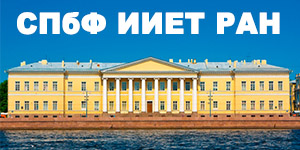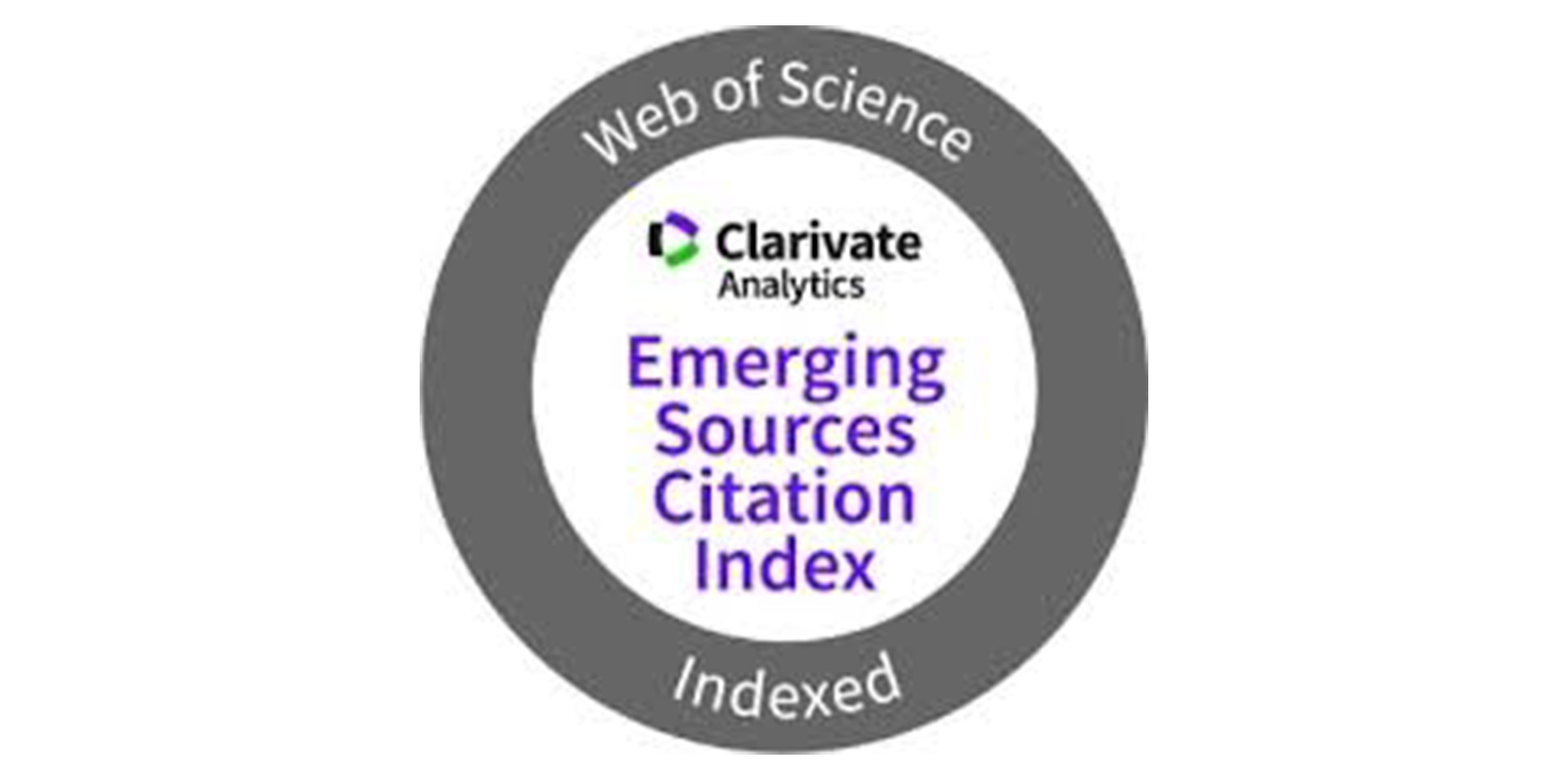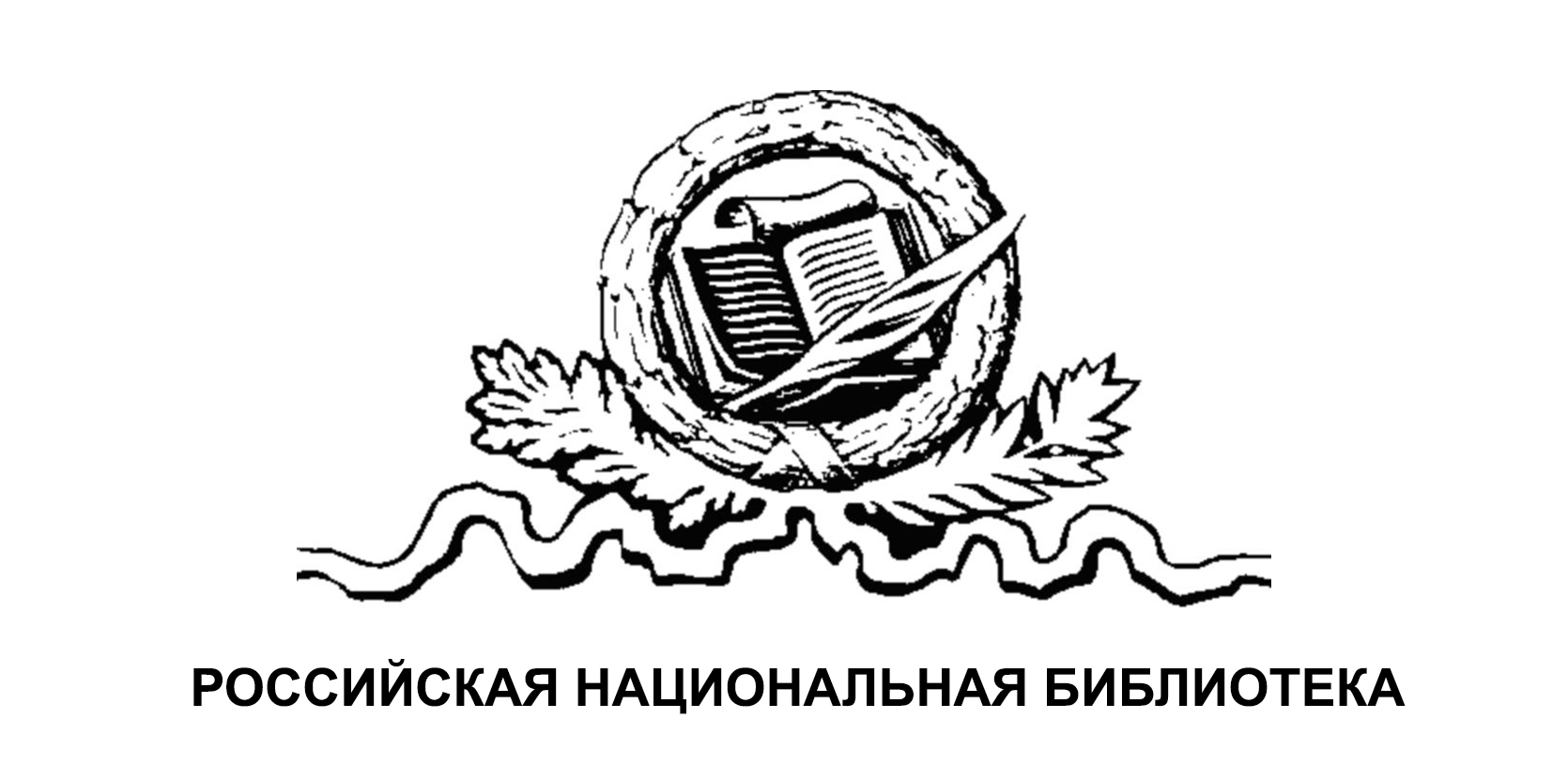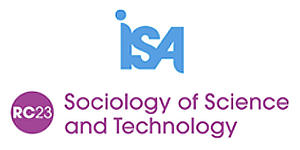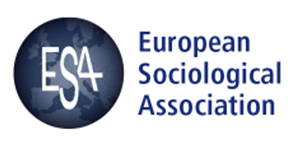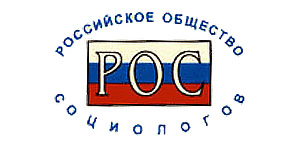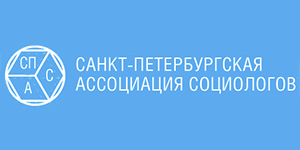Человек в науке: социологические дискуссии XX века
Мирская Елена Зиновьевна
КЛЮЧЕВЫЕ СЛОВА: НАУКА, НАУЧНОЕ ЗНАНИЕ, НАУЧНОЕ СООБЩЕСТВО, ПРОФЕССИОНАЛЬНАЯ ДЕЯТЕЛЬНОСТЬ УЧЕНЫХ, ЭТОС НАУКИ, Р. МЕРТОН, НОРМЫ И МОДЕЛИ, ТРАДИЦИИ И НОВАЦИИ
АННОТАЦИЯ: Когда в год столетия со дня рождения Р. К. Мертона в журнале по социологии науки появляется статья “Человек науки”, то естественно, большая часть читателей предполагают, что статья эта о Роберте Кинге Мертоне – о его жизни и научных достижениях. Автор же хочет рассмотреть не одного выдающегося человека, а феномен ученого: как он “делает науку”? в чем его функция в системе науки, в механизме порождения нового знания? Конечно, без обсуждения точки зрения и мнений Р. К. Мертона здесь не обойтись – ведь он первым поставил эти вопросы и дал на них свой вариант ответов. Но все- таки статья будет не о нем, а вообще о человеке науки и его специфической деятельности, точнее – об их моделях.
ОПИСАНИЕ НА АНГЛИЙСКОМ ЯЗЫКЕ:
A Man in Science: Sociological Discussions in the 20th Century
Mirskaya. Elena Z.
Head, Department of Sociology of Science,
Institute for the History of Science and Technology named after Sergey I. Vavilov,
Russian Academy of Sciences, Moscow.
When exploring the problem of “a man in science” one can distinguish three stages that involve different approaches which in turn are connected with the dynamics of science itself. The first stage sees an attempt to understand activity in science — scientific creativity, through specific qualities of a creative individual outside of his or her social relations. But with this perspective it is impossible to identify causal links or to answer the question of why a scientist has a particular set of qualities, is interested in specific issues, is guided by distinctive motives, and so on. It looks like in order to understand a man in science one should analyze the relationships that tie people in their activity and the mechanisms that constitute the basis for development in a given fi eld. This perspective characterized the second stage of explorations of a man in science in the 1960s. Robert K. Merton and his school made activities regarding the social institute of science the main subject of their studies. This point of view led to the idea that science advances according to its own laws of motion independently of people who produce this movement by their everyday activity. The evolution of this type of a conception of a man in science resulted in “the loss of man”. Views on science, however, changed dramatically in the 1970s. Kuhn attracted the attention of those who studied science to the fact that in different paradigms scientists see things differently. With this he highlighted the relativity of scientific knowledge. This resulted in the field known as sociology of scientific knowledge, which led to a new understanding of the role of the human subject making a particular scientific inquiry. The Mertonian positivist sociology of science that excluded entirely an agent’s influence from the production of scientific knowledge was criticized sharply by advocates of interpretive sociology that placed the agent of knowledge in the priority. Interpretive sociology ignores structures that exist objectively; it only takes into account scientists who interact as they do science. We could thus say that we have seen a man of science in three mirrors: those of the psychological perspective, normative sociology of science and interpretive sociology of science. The first discipline that started to collect data on the progress of scientific knowledge was the history of science. From that perspective, the advancement of science was related very closely to the actions of particular scientists. The history of science created an image of scientists based on biographies and memoires. So by the beginning of the XX century, a traditional (classical) model of a scientist and his or her actions emerged that did not take into account comprehensive ties with social setting. The transition to “big science” highlighted the problems of scientific work in research teams, and the problem of a man in science came to be explored purely sociologically, and precisely from the perspective of normative sociology. An illusion then emerged that science can be efficient without bright individuals, thanks to good organization, that science is a mere sum of equipment, facilities, money, scientific programs and a set of research institutions where a certain number of scientists work who diff er only in positions and earnings. This view did not consider the activity of a hidden factor in the personality of a scientist, as a creator. Successful work in science needs not only appropriate education, equipment, salary, etc. Rather, a man must also pursue scientific values, his or her own advancement and recognition in science which means to have a scientist’s consciousness. A scientist’s personal research efficiency depends not merely on the level of motivation but on his or her “orientation” toward science. A “pro-scientific” orientation can be reinforced by the public prestige of science, traditional images and expectations (fascination with work, acquisition of new knowledge, deep internal work satisfaction). So, human activity in present-day science seems to be related to traditional patterns of scientific creativity. This “asocial” pattern is a significant part of scientists’ consciousness, which acquires a social meaning. When identifying further the mechanisms governing scientists’ behavior it is important to remember that science is created not as a “sum” of individual scientists’ actions but as a result of their interaction. Since this interrelationship is manifested in a wide range of scientific phenomena it seems promising to look at these issues from the ethos of a scientific point of view, drawing on an analysis of ethical regulators in scientific work. Like other social institutions science has its own code — a set of principles, rules and norms that scientists should follow — that is the scientific ethos that has been formed in the course of human history. Special attention must be paid to analyses of scientific community norms. ‘Norms of science’ — the concept that Robert Merton introduced into the sociology of science — are derivatives of scientific aims and methods: everything that is conducive to developing scientific knowledge is considered a norm. The first one, universalism, establishes scientific knowledge as universally valid irrespective of the place of a discovery and the personal characteristics of its author. The norm of communalism requires that scientists should submit their achievements to public use. The norm of skepticism requires that scientists should constantly pay critical attention to their colleagues’ findings. The norm of disinterestedness leads scientists in a certain direction. The Mertonian concept of the scientific ethos dominated throughout the 1960s. The first objections emerged in the early 1970s. In the most common version of criticism, the opponents, using a set of cases, pointed to the discrepancy between them and the real practice of scientists. But this kind of criticism results from a failure to understand the essence of norms: these norms do not describe mass behavior but its “ideal”. The main deficiency of this concept is that the rules of scientific work do not change in the course of scientific advancement, and they are presented as being immune to changes in social life. But since changes in working conditions lead to changes in human attitudes and values, in reality ethical norms in science are also unavoidably changing. When formulating the norms of the scientific ethos, Merton assumed that the institution of science was an autonomous community of career scientists who were engaged in research in a disinterested manner (on the model of the German university of the XIX century). The “traditional ethos” comes largely close to the “traditional model” of a scientist. New circumstances (the growing role of applied research) make it impossible, however, to observe certain rules for the majority of scientists. The demands for socially-oriented research and ‘humanizing science’ are currently of paramount importance. T. Kuhn advanced a new social-historical understanding of science which later became prevalent in the fi eld, namely, that norms came to be perceived much more widely. First, they were said to govern not only the social but also the substantive behavior of scientists as well; second, norms are not constant, they are subject to changes, so each paradigm has its own distinctive norms. The Kuhnian perspective rejected universal epistemological rationality. Nevertheless, Kuhn continued to think that within the “normal” science, knowledge was produced according to constant rules. This meant that on this point he remained in the normative approach tradition. In this sense, he did not refute, but instead complemented the Mertonian tradition. Ensuing developments of Kuhn’s understanding of the character of scientific knowledge led to the emergence of a radically new theoretical basis for the fi eld. Interpretive sociology of science that had come into existence in the late 1970s — early 1980s, adopted as its basis a form of analysis that lifted altogether the problem of “rules”, “norms” and “working to the rules”. So it was not just the details that this later work rejected in Kuhn, but also the essence of the Mertonian concept, i.e. the norms. The question of how regulative structures in scientific work emerge and their influence on science should be more fully examined in light of the background image of a gradual transition on-going in science to a “postindustrial” form of existence. A radically new quality in the information society leads to an “organic paradigm” that is likely to appear, not in the last instance, in science. At that time much will look absolutely different in the realm of sociology of science than it does now.

